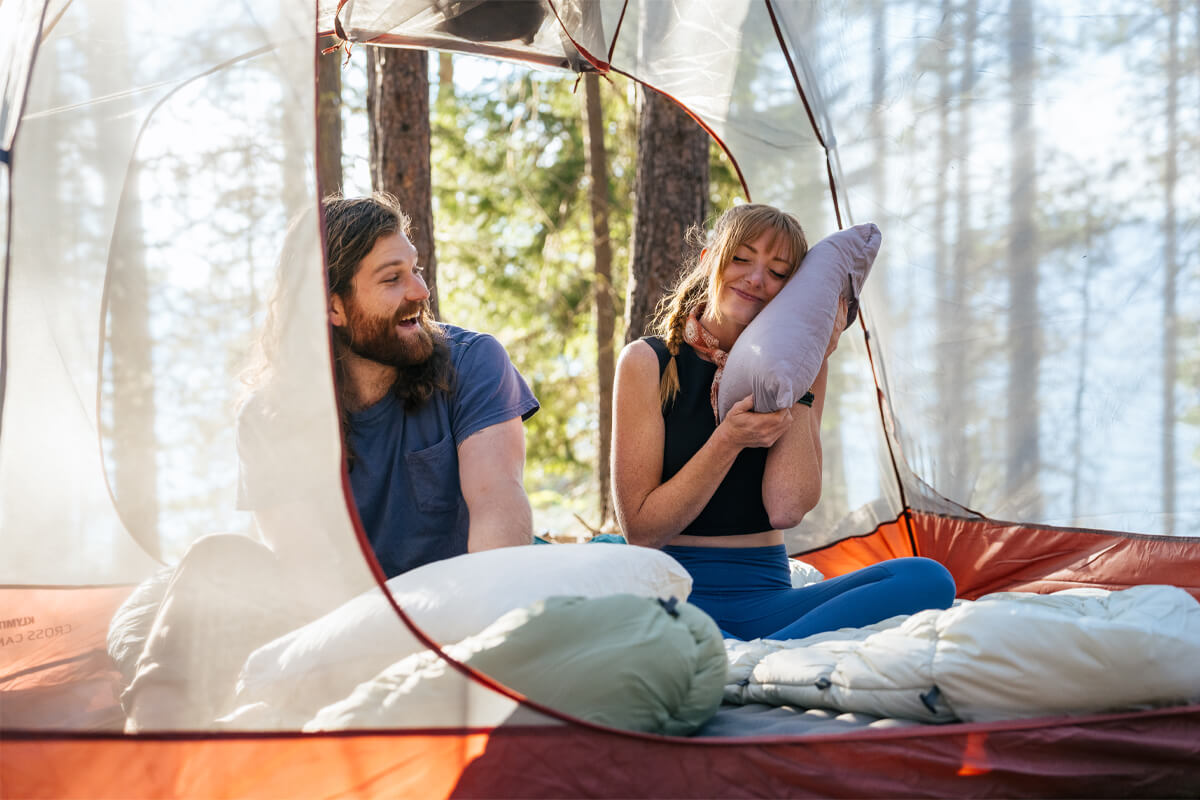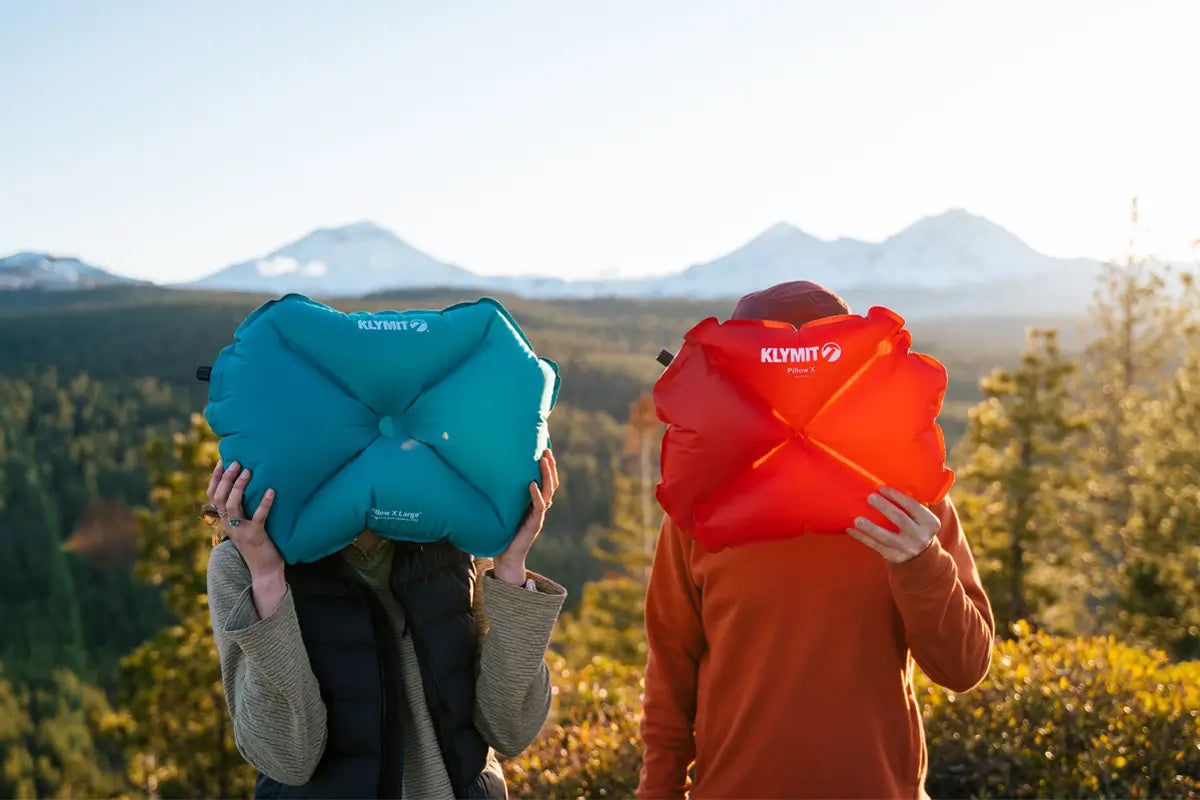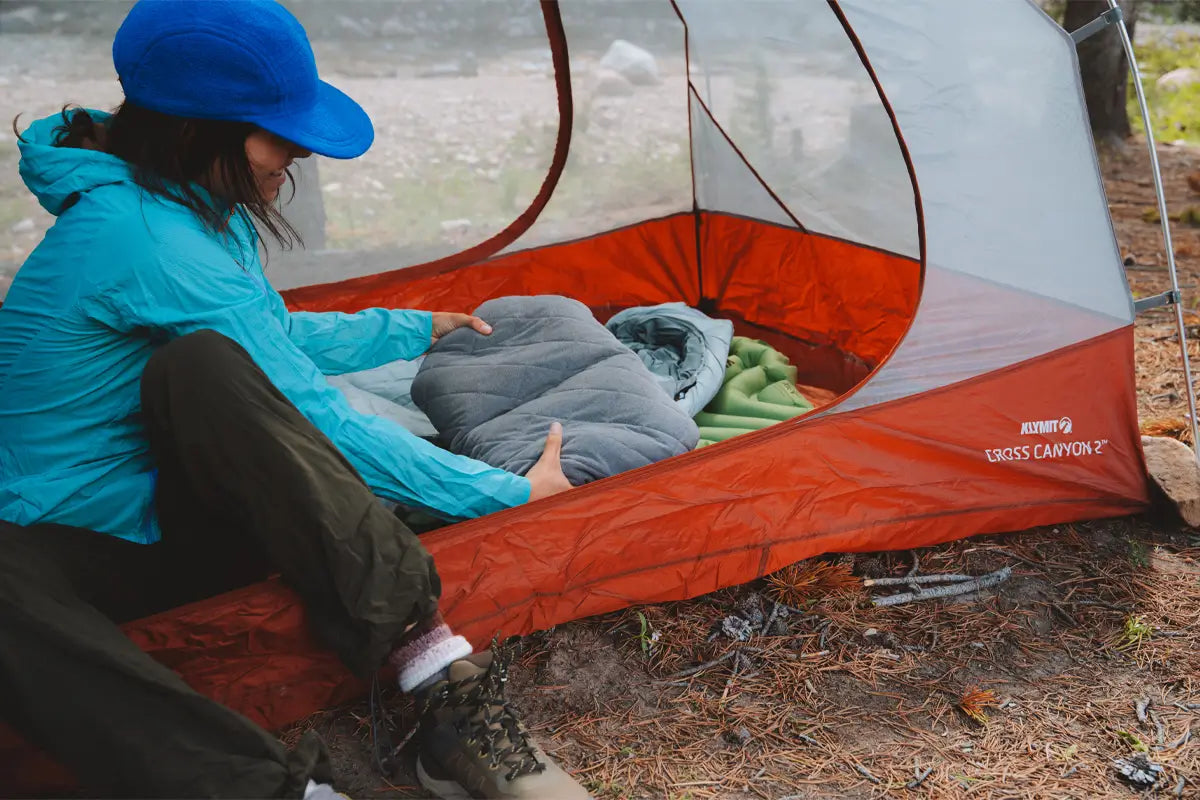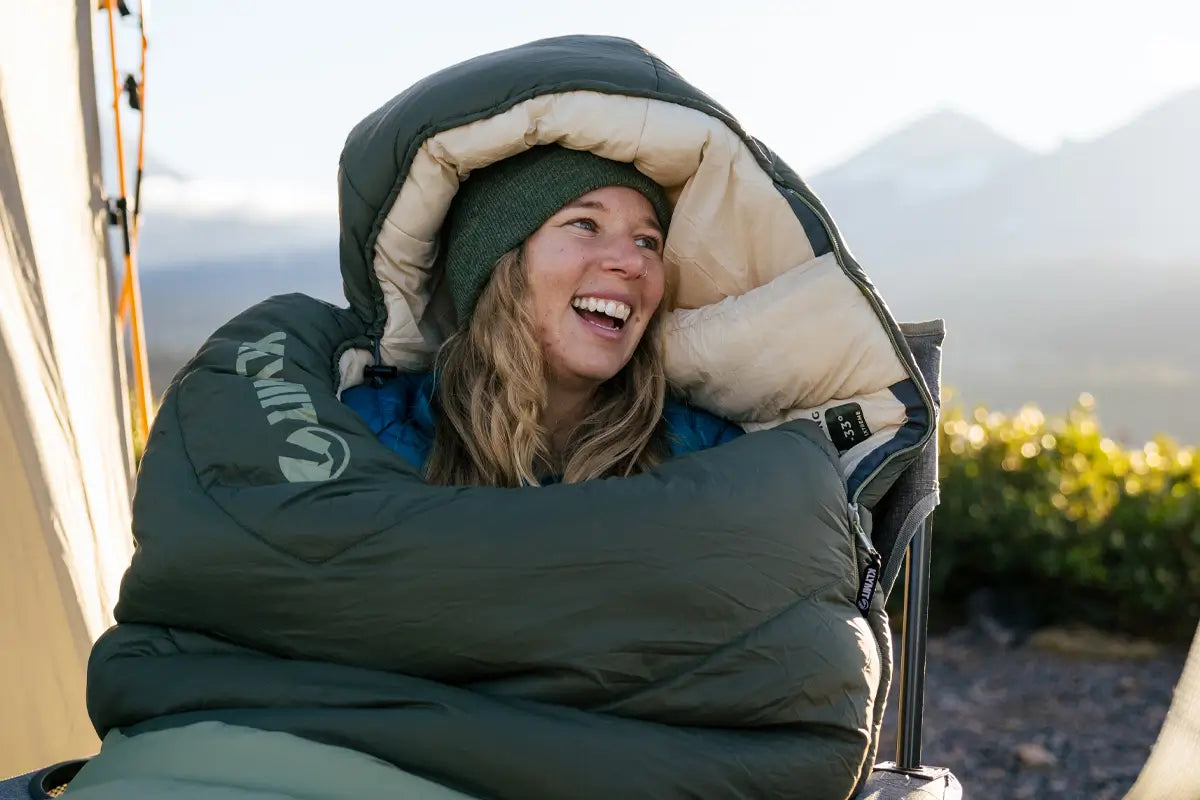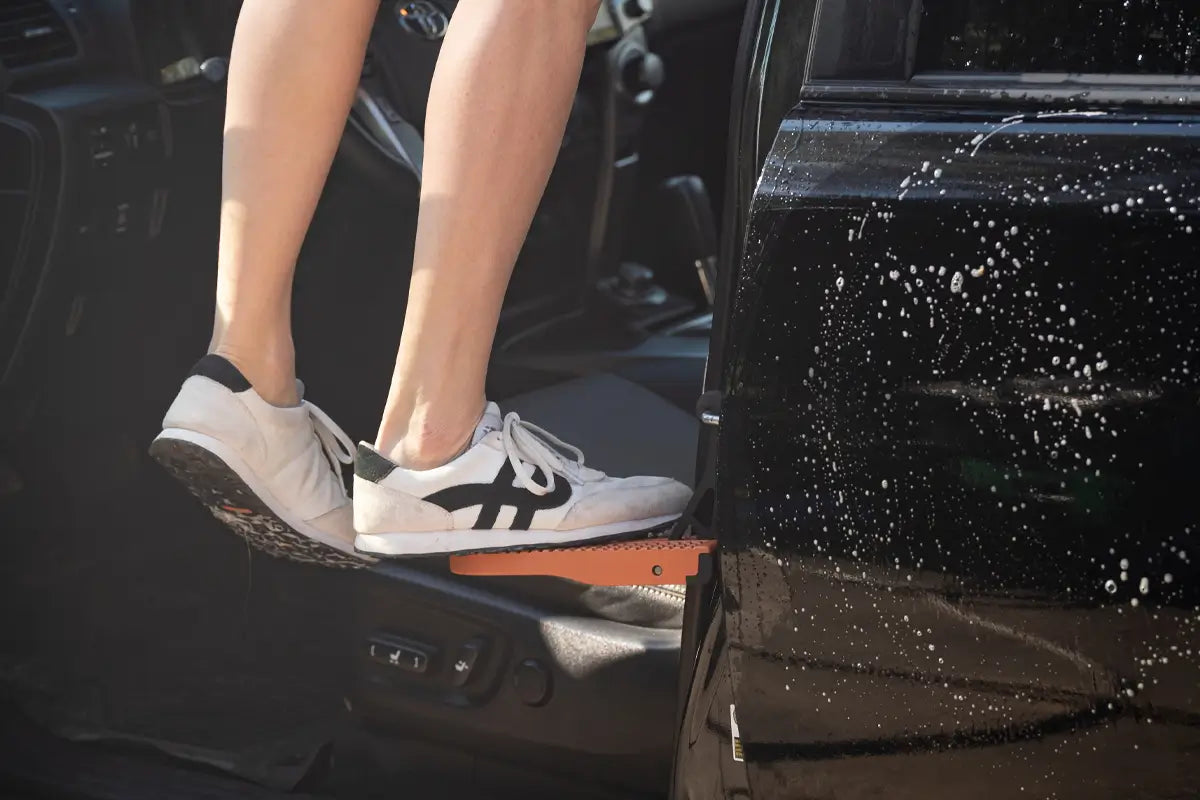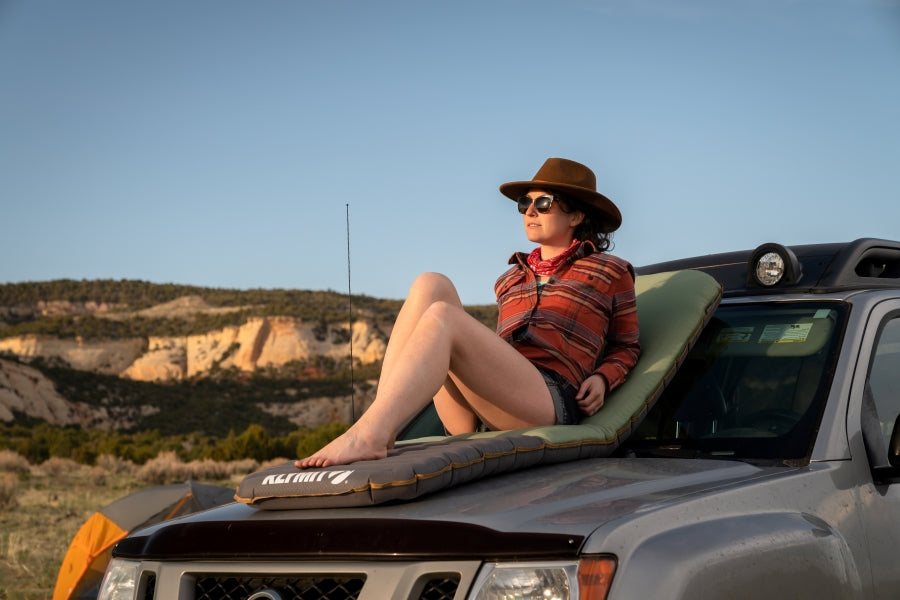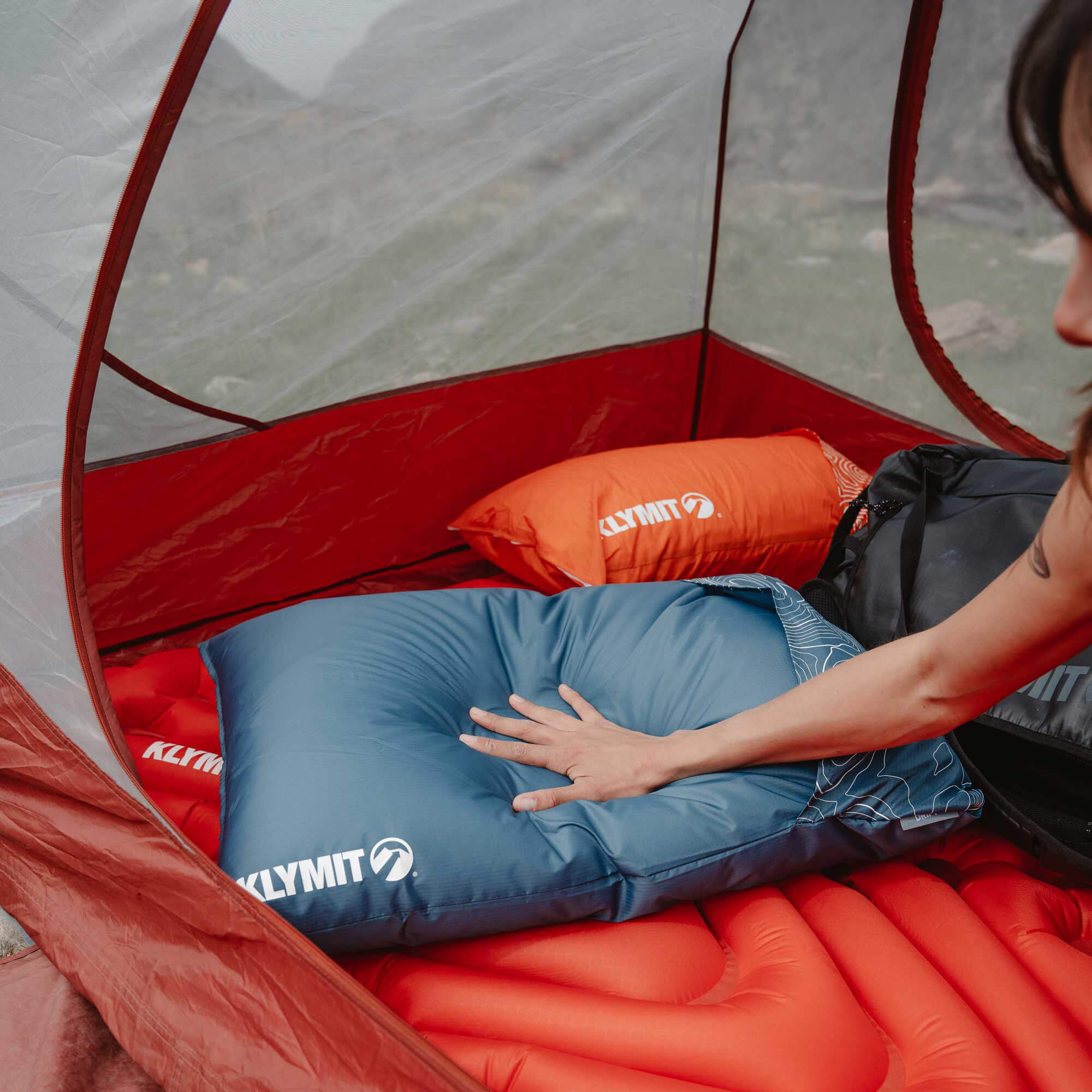If you love hiking and backcountry camping, backpacking might just be perfect for you! It’s important to do some research and plan beforehand to see if it is the right fit. Everyone starts somewhere, and that’s no different with backpacking. Read on to get tips on how to start your backpacking trips.

Choose a destination
Choose an easy trail when getting started
When first going on backpacking trips, it’s always good practice to choose an easier trail. We recommend something only a few miles long to start out. This will help you get more comfortable with carrying the weight of your gear while on the trails. Backpacking can have a mental toll as well as physical, so we suggest bringing an experienced friend with you for your first time as well.
Choose somewhere close to home
Pick a trail that’s not too far from home, remember if this is your first backpacking trip, you may have a lot to learn from your experience. It’s always good to be close to a safe place. We also suggest picking an established trail that has campgrounds you can hike to. Most National Parks have campgrounds that have backcountry camping options.
Choose a good time of year
Backpacking in summer months is a great time to do your first trip. Nights in the backcountry can be colder than expected, and summer temps keep things a little warmer. This also means you won’t have to pack as much gear. Backpacking in the summer does require lots of water, so make sure your end destination has a good water source or be prepared to carry your water.

Get the essential gear
Ultra-light backpacking gear
Remember, everything is stored on your back while on the trail, so you’ll want some lightweight gear. If you are just starting out with backpacking, see if you can borrow gear first. If you are ready to buy your own gear, we have great affordable lightweight gear available at Klymit.
When planning your sleep system, prioritize sleeping bags and sleeping pads. Choose the best backpacking sleeping pad that is for your comfort and a compact sleeping bag for weight savings. For the lower temperature nights, cold weather sleeping bags are essential.

Here’s what we suggest for your backpacking sleep system:
Tent
Pick a 3-season tent because this will be much lighter than a 4-season tent. If you are going with a friend, take a 2-person tent as this will be easier to carry than both of you packing 1 person tents.
Our Maxfield Tents are perfect for backpacking since they’re lightweight and easy to set up. Check out our Maxfield Tents here.
Backpack
Make sure you try your pack on before getting on the trail. Your pack should fit well on your hips and around your sternum to help take pressure off your back. You’ll most likely be carrying around 30lbs+ and you’ll want your pack to be supportive.
At Klymit we offer the Motion 60 backpack, check it out here.
Sleeping Bag
An important decision with sleeping bags is determining whether you want a bag that has down or synthetic fill. Here are the main differences:
- Synthetic fill sleeping bag: cost effective, versatile
- Down fill sleeping bag: great warmth-to-weight ratio, compresses easily
You’ll want a comfortable sleeping situation after hiking with a load on your back. A foldable, easy to store sleeping pad can truly make backpacking a much better experience and can be extremely lightweight, so you don’t have to lug around a bulky mattress. Consider getting an insulated sleeping pad with a higher ASTM R-Value option for extra warmth as nights in the back country can get cold.
Check out our ultra-light sleeping pad options.
Pillow
A lot of people tend to use a rolled-up jacket as a pillow option while camping. We suggest checking out our lightweight and compact inflatable pillows to use for backpacking. The Pillow X is only 2.5 oz and can add so much comfort to your trip.
Check out our other lightweight pillows here.

Clothing
It’s always so important to have layers when backpacking. A good rule to go by is always stay as dry as you can. Once you get wet, it’s a lot harder to stay warm and dry off quick.
Thermals
Backcountry nights can get COLD. Bring a thin layer of thermals that you can slip into at night or keep on in colder temperatures. Layering is the best way to ensure you’re warm and prepared for inclement weather.
Hiking layers
Water wicking materials and water-resistant clothing help to protect from the elements and are a great place to start. Temperatures drop in the evenings and stay down. Once the sun comes out though, you may not want all the layers on. Make sure you’re prepared to take layers off so you can spend more enjoyable time on the trail.
Insulation
Insulated clothing such as puffy coats can be a lifesaver on colder trips and in evening temperatures. Down filled jackets generally pack down easily and are lightweight. Make sure you are prepared for whatever temps the mountains will get to while you’re out in the backcountry.
Rainwear
Water-resistant jackets are a must have for backpacking trips in case of rainstorms. Another great option to have on hand are rain pants. Staying dry on your backpacking trips is so essential to how enjoyable your trip can be. Remember, once your clothes get wet, they will probably stay wet.
Footwear
Hiking boots are great for ankle support however, a lot of people use trail running shoes for hiking and backpacking as well. We suggest testing out your hiking shoes before getting out on the backpacking trail. Comfortable and supportive footwear is a must. We also suggest packing as many socks as you can muster. Changing your socks after a long day of hiking is the best feeling and will keep your feet refreshed, especially if your socks get wet.

Plan your meals and food
Water filters
While on backcountry trails, you will most likely not have access to fresh water sources. This means you will need to either pack the recommended amount of water per day (1 gallon/day), or you can use water filtration options. These can range from filters, tablets, and more. We suggest looking at these options well in advance and testing them out before using them in the wild.
Stove
It’s always important to have a small backpacking stove so you can boil water and so you can of course, eat. Make sure you have enough fuel for the type of stove you take with you. If you decide to just use a fire to make your meals, please make sure you are following fire restrictions and have the right tools to cook over a fire.
Meals
There are some great dehydrated meal options on the market that make it easy to pack and carry your food. Other options include whole meals that come in one package. These can include instant noodles and rice meals, which can help keep you full and fueled on your hike.
Make sure to fuel early in the day with a good-sized breakfast and/or snack in the morning with protein bars and other snacks. Getting your energy up in the morning will help you stay sustained throughout the day.
Good snacks to keep on hand:
- Jerky
- Dried fruit
- Nuts
- Protein bars

Prepare for the journey
Physical and mental preparation
You’ll want to be physically and mentally prepared for your trip. Something you can do to prepare physically is hike the trail (or a trail that would be similar) before backpacking it. This will also help you to mentally prepare for the long trek. If you are going alone, you will want to experience hiking alone and persevering along the trail. You’ll also want to test out your gear before going on your journey. We do also suggest going with a friend or someone experienced in backpacking so you can have peace of mind on your first backpacking trip.
Get a permit
Some trails require permits to stay overnight in the backcountry. Research and get permits as necessary for the location you will be staying in.
Leave No Trace
Review the best practices for Leave No Trace on the trails. Being in nature is such a wonderful experience because of how untouched it can feel, you’ll want to keep it that way. Remember, whatever you pack in you will need to pack out. Be prepared to carry trash back with you.
Kids and Dogs
If you have kids or furry friends you want to bring, make sure you research the trail guidelines and difficulty. Children may not be prepared for long backpacking adventures so you will need to plan how you can make the journey easier for them. Some trails do not allow dogs to preserve the trail and nature surrounding the area. Plan accordingly.
Tell someone about your plan
Always make sure you have shared your plans with someone at home! Your safety comes first. Make sure someone you trust knows when you will be leaving and when you are supposed to be back home. Don’t forget to reach out and let your point of contact know that you have made it back safely.


